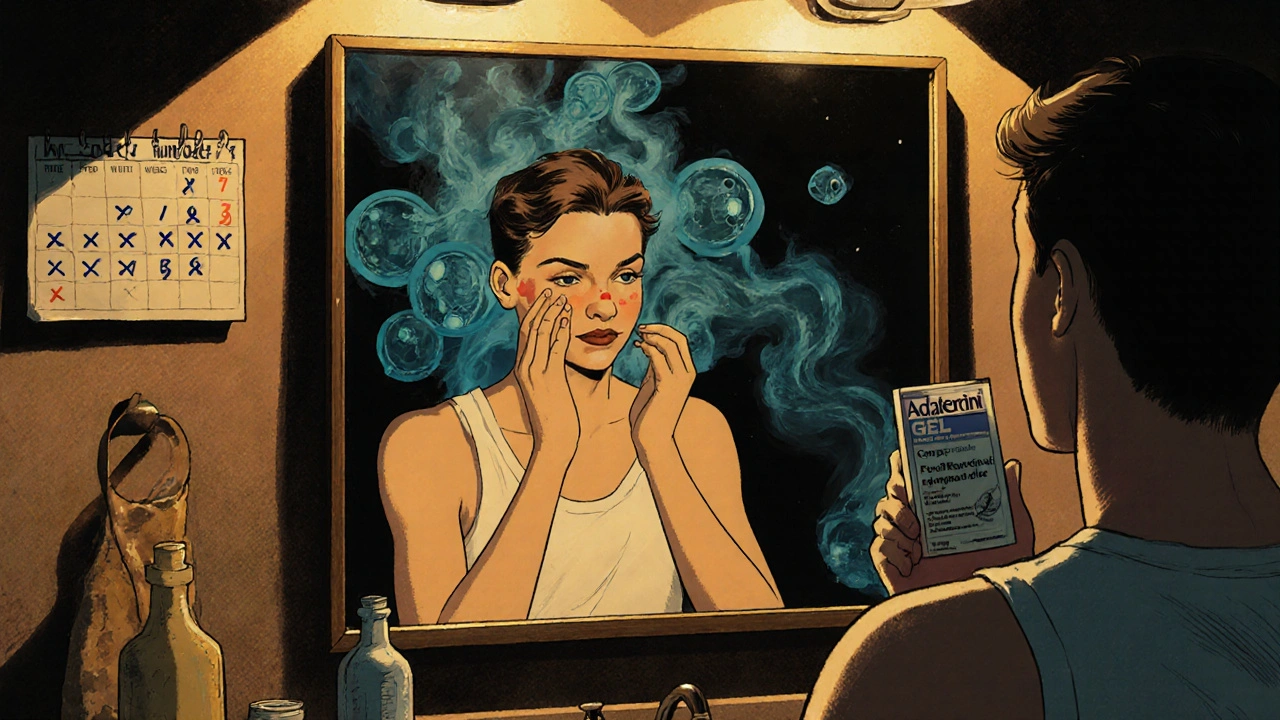Retinoid Cream: What It Does, Who It Helps, and What You Should Know
When you hear retinoid cream, a topical form of vitamin A used to renew skin cells and treat acne, aging, and discoloration. Also known as retinol cream, it’s one of the few skincare ingredients backed by decades of clinical proof. Unlike fancy serums that promise miracles, retinoid cream actually changes how your skin behaves—slowing collagen loss, unclogging pores, and fading dark spots over time.
It’s not just for wrinkles. People use it for stubborn acne, rosacea flare-ups, and even keratosis pilaris—the bumpy skin on arms and thighs. The strongest versions, like tretinoin and adapalene, need a prescription, but over-the-counter retinol still delivers real results if used consistently. What most don’t realize is that retinoid cream works best when paired with gentle cleansing and daily sunscreen. Skip the sunscreen, and you risk irritation or sun damage, which defeats the whole purpose.
Related to this are retinoids, a family of vitamin A derivatives that include both prescription and OTC forms, which vary in strength and how fast they convert to active compounds in the skin. Then there’s acne treatment, a broad category that includes antibiotics, benzoyl peroxide, and hormonal therapies—many of which are used alongside retinoids for better results. And when it comes to anti-aging cream, products designed to reduce fine lines and improve skin firmness, retinoid cream is still the gold standard, even when compared to expensive peptides or growth factors.
You won’t see overnight changes. Most people notice improvements after 6 to 12 weeks, and the first few weeks often come with dryness, flaking, or redness—this is normal. The key is starting slow: use it two to three nights a week, then build up. Keep your moisturizer on hand. Don’t layer it with harsh exfoliants. And if your skin feels raw or burns, pause and let it recover.
What you’ll find below are real comparisons and experiences from people who’ve tried retinoid cream alongside other treatments—whether it’s pairing it with antibiotics for acne, switching from retinol to tretinoin, or using it to fight sun damage after years of neglect. These aren’t ads. They’re honest takes on what works, what doesn’t, and how to avoid common mistakes. Whether you’re new to retinoids or have been using them for years, there’s something here that’ll help you get better results without the guesswork.

